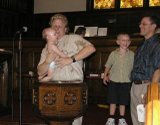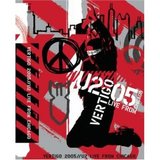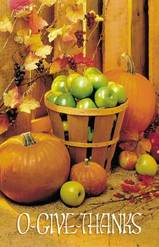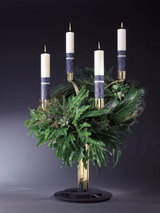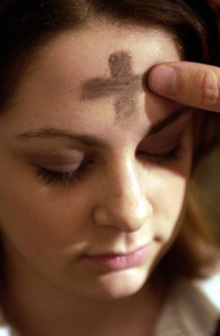Everyone wants heightened spirituality, but don’t know what it takes to get there. Most pastors and worship leaders have such a hectic schedule that it is impossible to slowdown enough for quiet time or solitude. Yet the Apostolic Fathers of faith placed a high value on it.
If leaders have a problem with carving out quiet moments can you imagine what the congregation is feeling? Jonny Baker and Doug Gay’s Alternative Worship: Resources from and for the Emerging Church, provides a “ritual” that contextualizes the spiritual practice of being in the desert that can be used as part of a worship service, small group gathering, or as teaching illustration.
Items needed: Removed Van seat, a boom box, selection of CD’s (ideally instrumental), a video projector and VCR. Video tape a drive down the highway, even being stuck in traffic, or driving through the city.
Description: Traveling in a car is the closest thing for most people get to solitude. “Setting up this ritual will hopefully help people to reflect positively on the space they have next time they are driving alone in the car” (Baker and Gay, Alternative Worship, Baker Books, Grand Rapids, 2004, 86)Continue reading...

